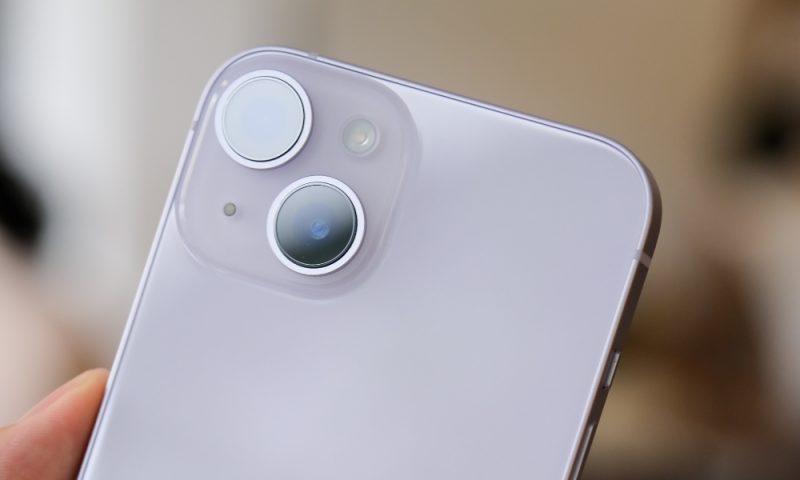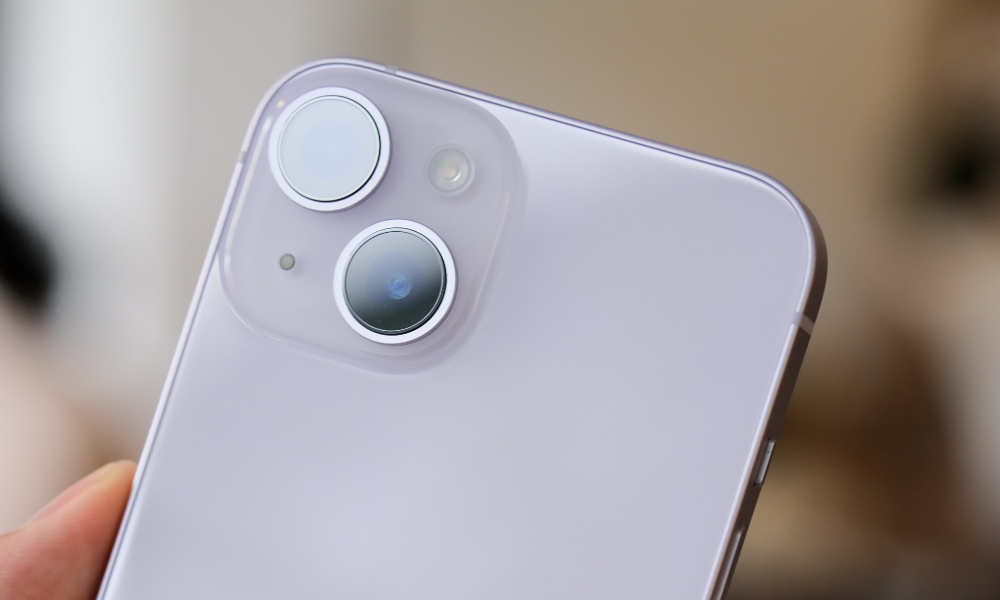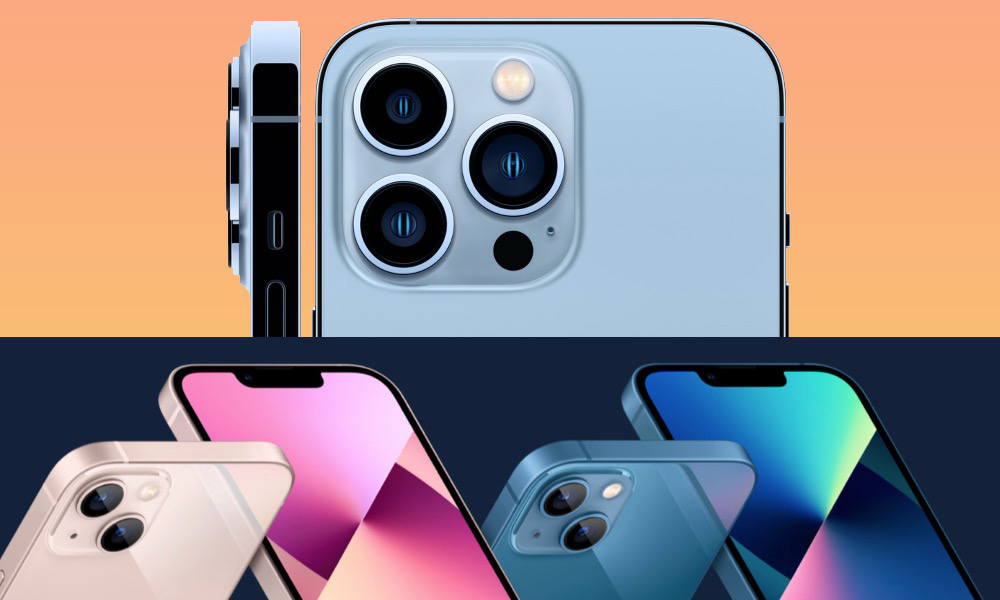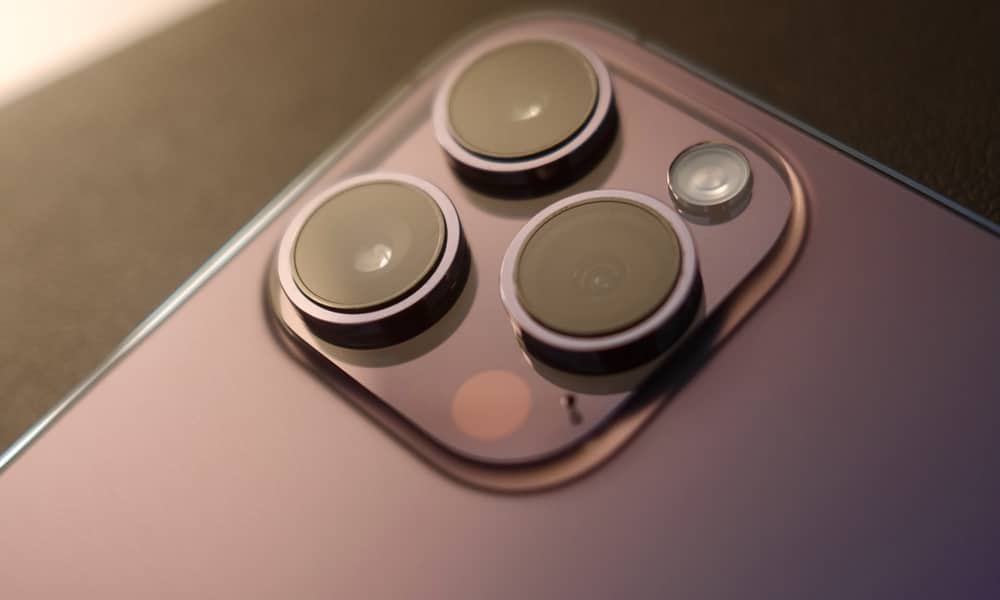Kuo Confirms 48MP Sensors for iPhone 15 and iPhone 15 Plus

 Credit: Thai Nguyen
Credit: Thai Nguyen
While there are always a few things the non-Pro iPhone devices are very unlikely to get — the third camera is clearly a Pro exclusive — it seems most other features are fair game, including display and other camera sensor improvements.
For example, Apple first brought an OLED display to the iPhone lineup in 2017 with the release of the premium iPhone X, which was effectively the beginning of the “Pro” lineup. This remained exclusive to the higher-end models through the iPhone XS/XS Max and iPhone 11 Pro/Pro Max. However, in 2020 the base iPhone 12 and iPhone 12 mini both gained the better OLED screens.
Tired of Subscriptions? Get Microsoft Office Lifetime Access for Just $49.99
Even Microsoft tries to nudge you toward paying monthly for their Suite 365. The good news is that you don’t have to. iDrop News readers can get lifetime access to MS Office at 77% off the normal price…Get It Here

This marked the first and only time (so far) that Apple has offered identical screens across its entire iPhone lineup, although this likely wasn’t by design. Several reliable sources had suggested Apple was planning to bring the faster ProMotion 120Hz displays to the iPhone 12 Pro and iPhone 12 Pro Max that year but was forced to scrap those plans due to component shortages in the face of the global COVID-19 pandemic.
As much as Apple likes to set apart its more premium iPhone lineup, it doesn’t typically do so completely at the expense of the more popular standard iPhone. The iPhone 13 gained the same Cinematic video recording mode, Smart HDR 4, and Photographic Style features as its more expensive sibling, and the iPhone 14 likewise received the improved Photonic Engine and Action mode.

However, the iPhone 13 and iPhone 13 Pro mostly share the same wide and ultra-wide cameras. The Pro has a subtle aperture improvement on the main shooter, and of course, it also has the third 3X telephoto lens. The camera specs between previous Pro and non-Pro iPhones are also similarly close.
That changed with the iPhone 14 lineup last year when Apple put a much better 48-megapixel (MP) sensor exclusively in the iPhone 14 Pro and iPhone 14 Pro Max. Meanwhile, the iPhone 14 camera system received the same slightly larger apertures from the iPhone 13 Pro’s wide and TrueDepth cameras, but not much else.
Although it was possible to use it this way in ProRAW mode, the 48MP sensor on the iPhone 14 Pro isn’t about taking ultra-high-resolution photos. Instead, it provides significantly improved detail capture, particularly in low light, producing a 12MP result that looks better since it can analyze four pixels’ worth of data for every one pixel it outputs to the final photo. It’s an extension of the computational photography magic Apple has been using for years, with even more data for the Neural Engine and Image Signal Processor to work with.

The 48MP sensor also gave the iPhone 14 Pro another neat trick: the return of the more natural 2X optical zoom mode from the iPhone 12 Pro era — and it did this without sacrificing the 3X optical zoom. While the glass on the telephoto lens was still 3X, the iPhone 14 Pro (and iPhone 14 Pro Max) can snap 2X optical shots simply by using only the center 12 megapixels of the larger 48MP sensor to produce the photo. Naturally, this means you can’t use the 2X optical zoom when shooting at 48MP in ProRAW mode, but that’s an edge case, to be fair.
48 Megapixels For All
The good news is that the rumors are piling up to suggest that Apple doesn’t plan to keep this better sensor exclusive to the iPhone 15 Pro and iPhone 15 Pro Max this year. We’ve already heard a few murmurings about this, but it wasn’t a sure thing as Apple reportedly had supply problems getting a sufficient quantity of the stacked CMOS image sensors needed to build the 48MP camera.
However, supply chain analyst Ming-Chi Kuo is now weighing in with confirmation from his sources that everything is back on track.
In a post on Medium, Kuo reports that the component supply problems have been solved, and Sony, which supplies the image sensors, is increasing its production capacity to meet Apple’s demand — at the expense of Android handset makers, it would seem.
The wide camera CIS of the two iPhone 15 standard models will be upgraded to 48MP and adopt a new stacked CIS design. Due to the low yield rate, Sony has increased the CIS production capacity for Apple by 100–120% to meet Apple’s demand, resulting in a significant reduction in high-end CIS supply for Android.Ming-Chi Kuo
The iPhone 15 and iPhone 15 Plus are also expected to get the Dynamic Island introduced on last year’s iPhone 14 Pro lineup and will naturally participate in the final shift to USB-C. Adding the 48MP camera sensor is icing on the cake, but the iPhone 15 Pro Max is expected to pull ahead further with an upgraded periscope telephoto lens this year. Other features like the 120Hz ProMotion Always On Display are also expected to remain Pro-exclusive.
[The information provided in this article has NOT been confirmed by Apple and may be speculation. Provided details may not be factual. Take all rumors, tech or otherwise, with a grain of salt.]







